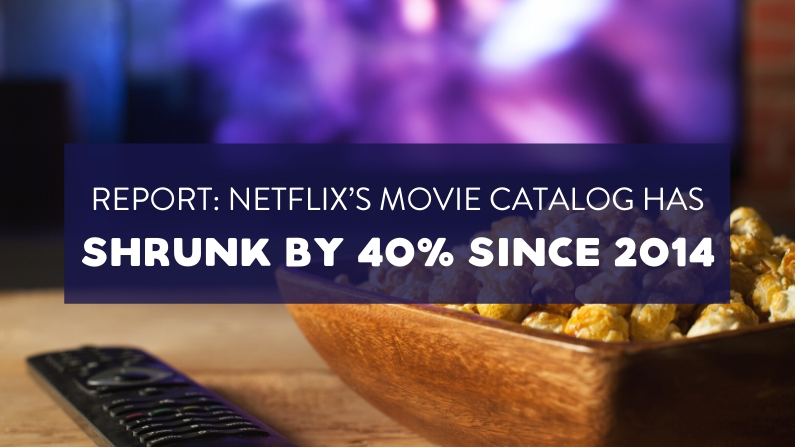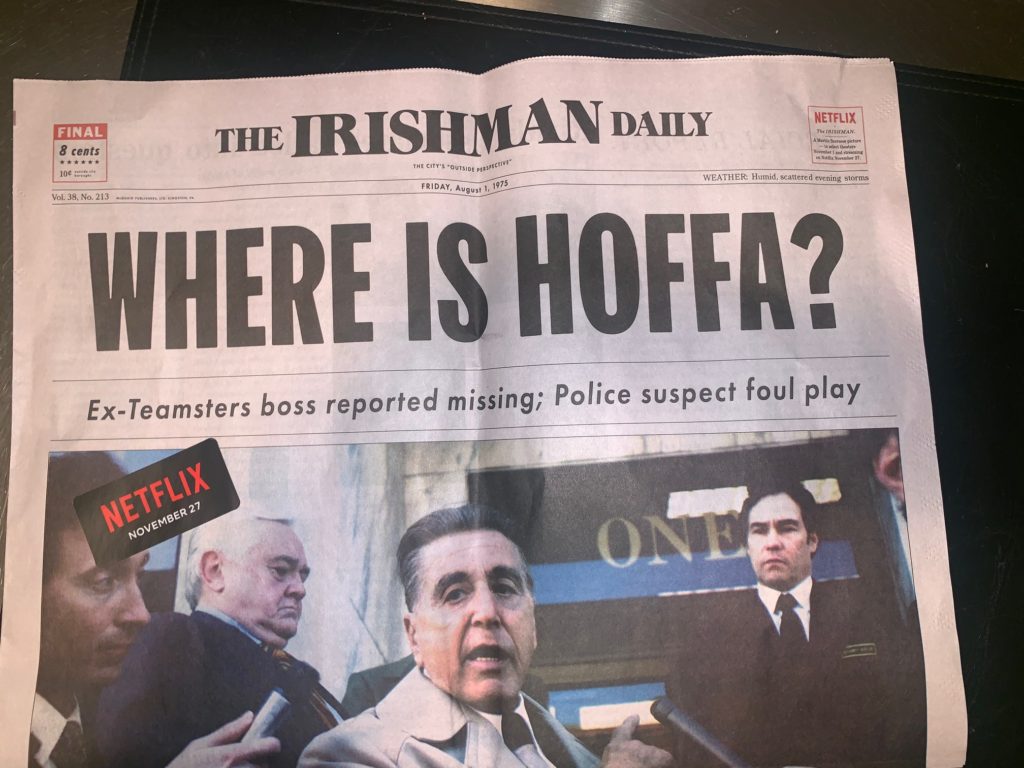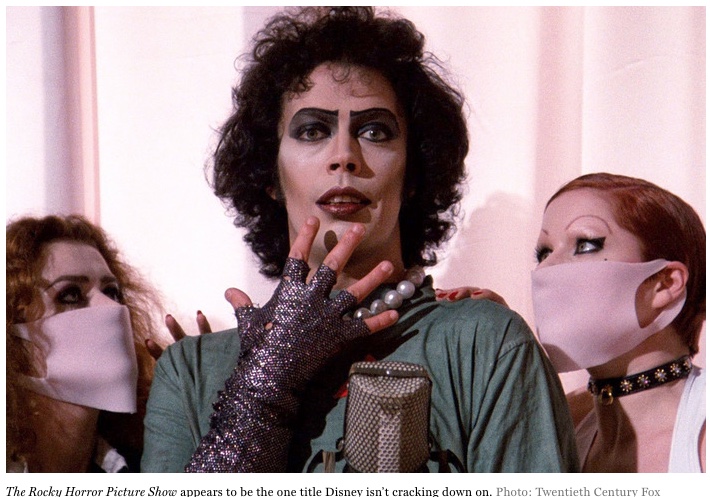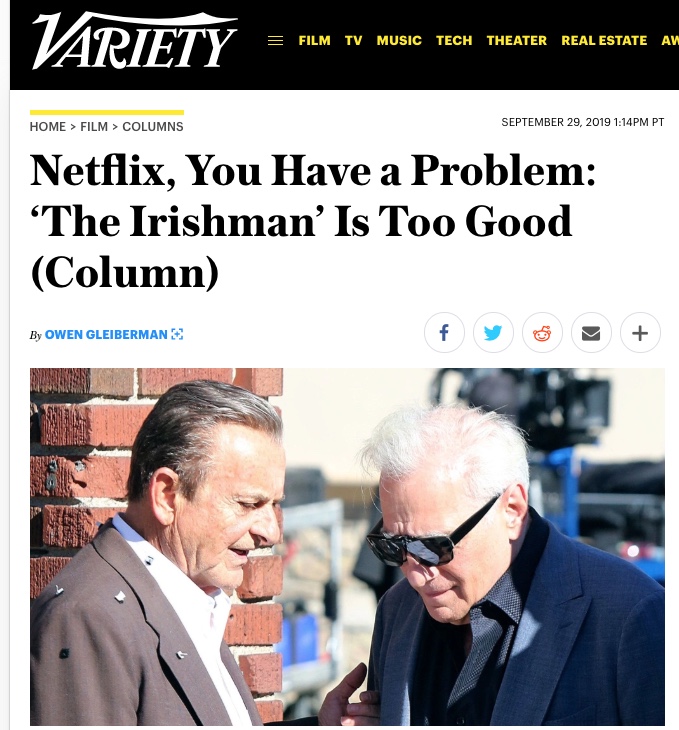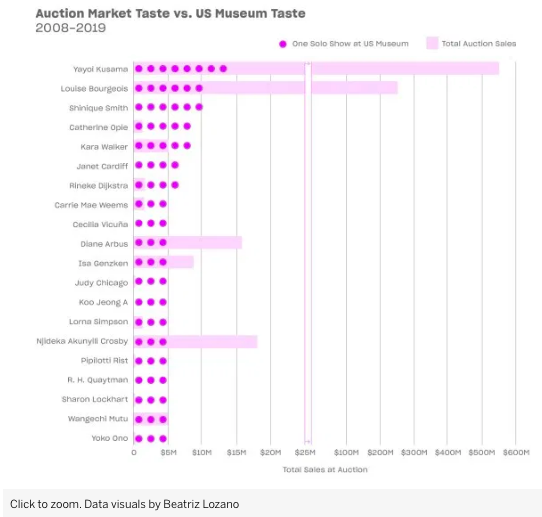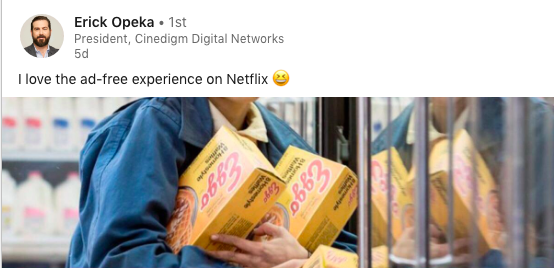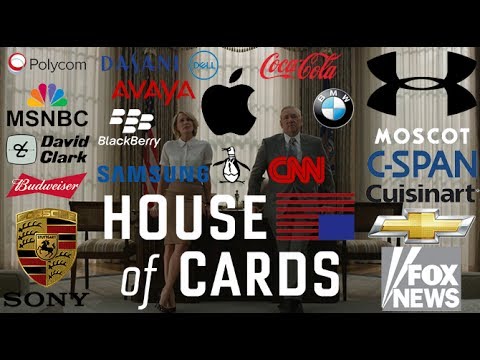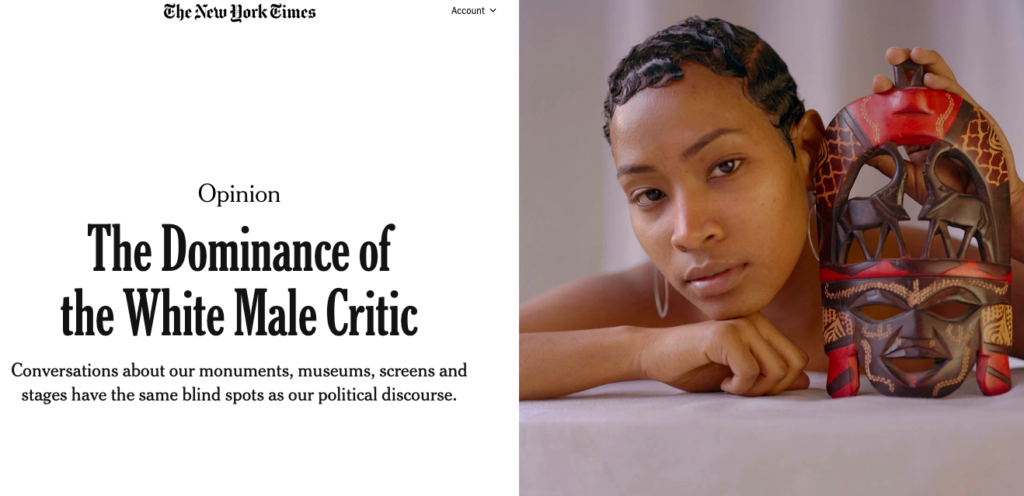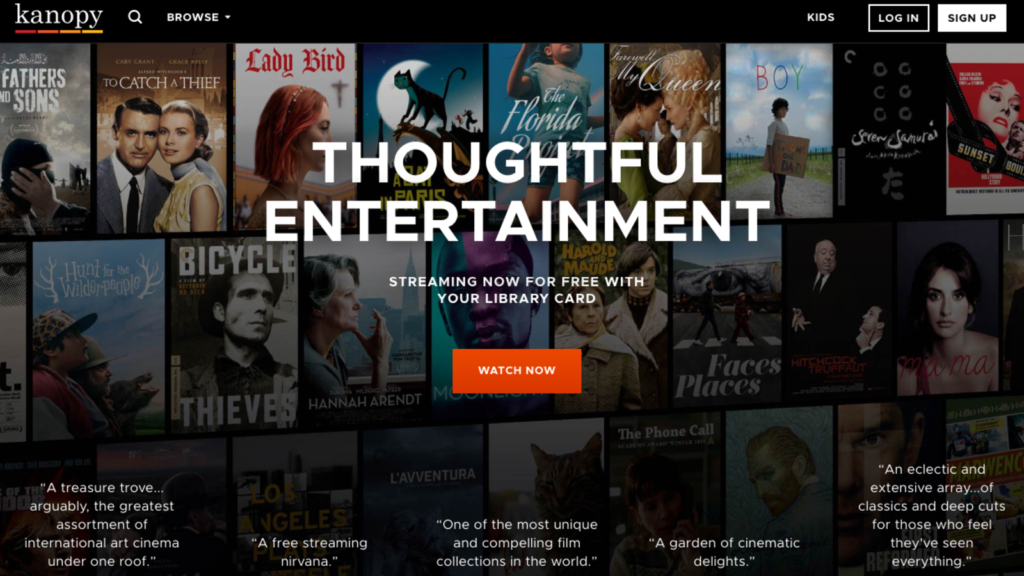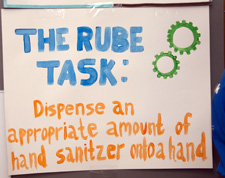
Last week, I looked at all of the ways I think the film industry is going to be impacted by this crisis, and how we won’t be going back to normal. I promised a Part Two that would be more positive, but remember that I did post positive thoughts just a week earlier. If you are looking for a list of clear solutions, quit reading now. I don’t have them, and I don’t think anyone else does, either. Instead, here’s some thoughts on how we should approach this new reality – a mindset we might bring to the situation – in the form of some slogans we would do well to remember. These are mainly written towards arthouse/indie filmmakers, but I think they apply to branded content folks (my other audience) as well.
| It’s not til the Tide Goes Out that You See Who’s Swimming Naked Often attributed to Warren Buffet, I think this slogan applies pretty well to the film business right now (all business?). While a lot of the damage from the crisis is unique – so many people losing jobs at once, no one can gather or work together, etc. – there’s also a fair amount of things that always sucked about the film business, but this crisis just laid them bare, to where we can’t deny their reality any longer. Guess what? Festivals – other than the top 5-6 – never helped sell films. As Marj Safinia said in a group conference call I was on recently – that was a false security blanket that has now been removed. The indie film world, and docs in particular, were never a sustainable career-path. Arthouse distribution and exhibition was always a shitty business. A lot of this was a house of cards. It sucks to have a band-aid ripped off fast, but the pain ends quicker. I know this sounds pessimistic, but it’s not – now that we’ve been forced to collectively realize that few of us have our pants on below those Zoom screens, we can also start to build something based less on fiction and more on the reality we now know we live in. |






